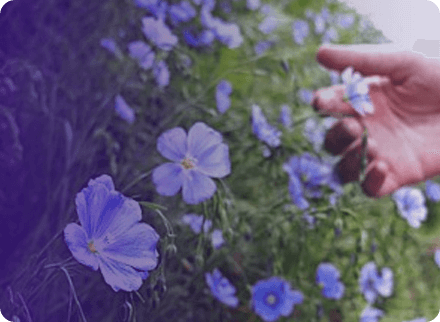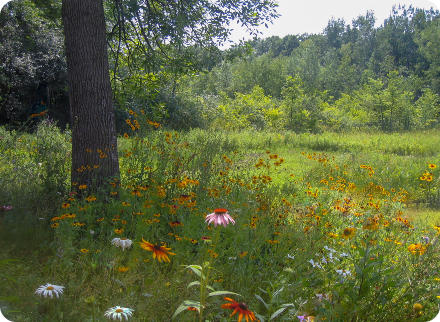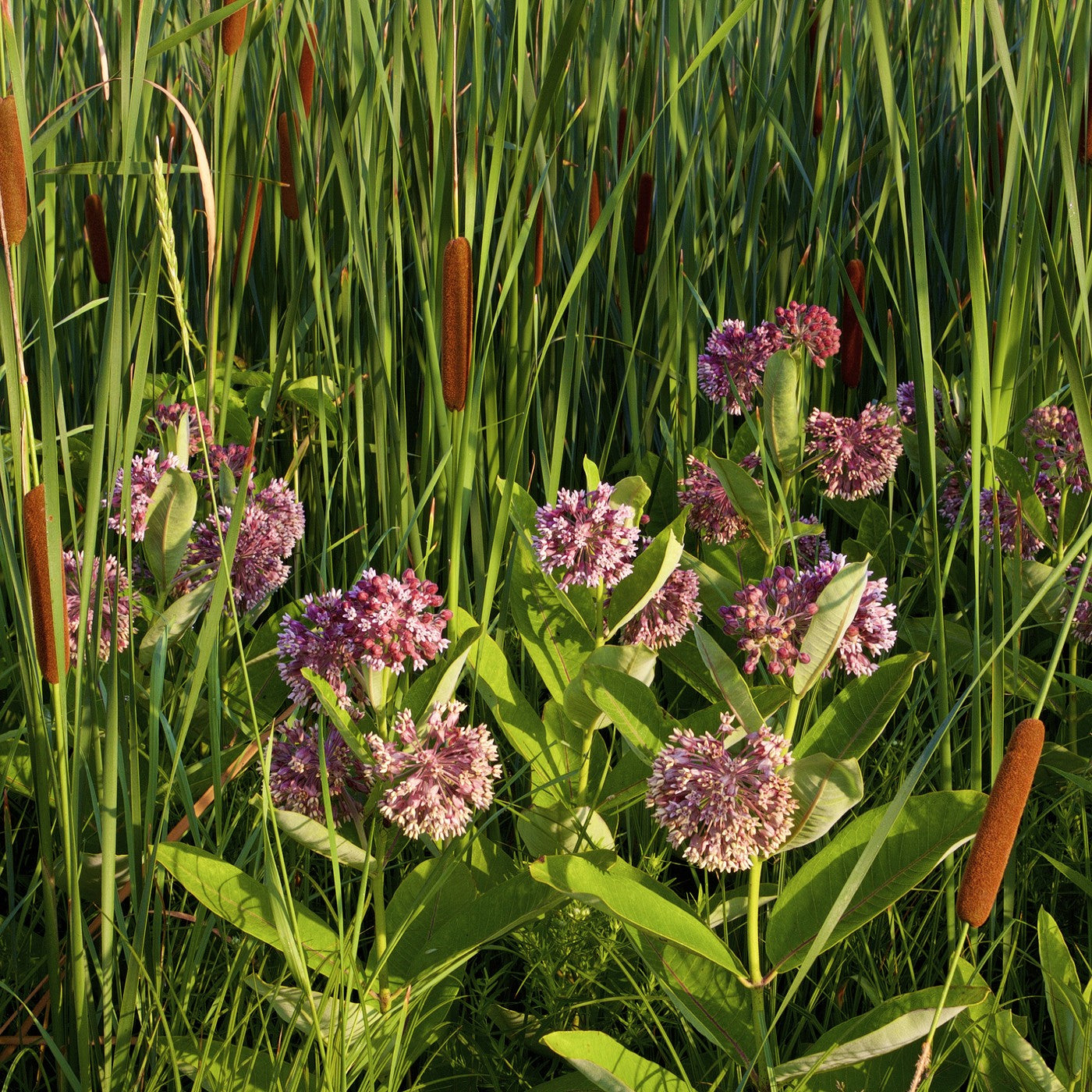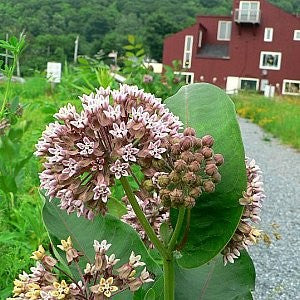Milkweed Common Seeds (Asclepias syriaca)
Milkweed Common Seeds (Asclepias syriaca)
 Yes!
This Item is Available
Yes!
This Item is Available
 Sorry!
This Item is not Available
Sorry!
This Item is not Available
Couldn't load pickup availability
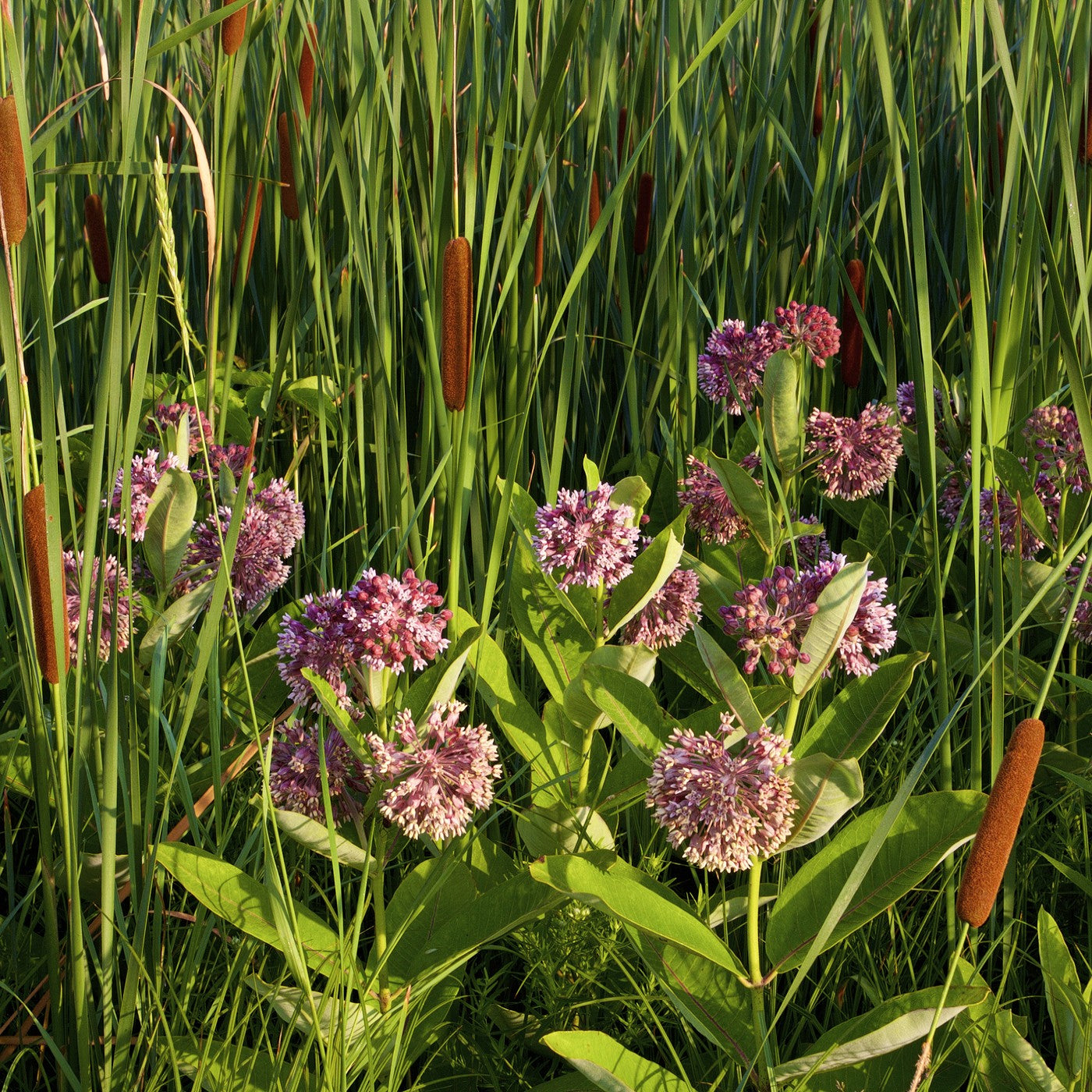
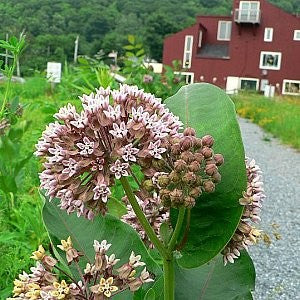
Don't Forget: Free Shipping on All Orders of $39 or More!
COMMON MILKWEED - Asclepias syriaca - Milkweed plants (Asclepias) are the host plants for Monarch butterflies...but milkweed is also a highly sought nectar source for many other butterfly species! Aside from attracting Monarch butterflies for egg-laying, milkweed entices swallowtails, painted ladies, American ladies, red admirals etc. for nectarine. Blooms June/July SUN/PARTIAL SHADE
Zones: 3 through 9
Height: Up to 4 ft.
Flower Color: Pink/Mauve/Purple
Plant Type: Native Perennial
Light Requirement: Sun - Partial Shade
Bloom Time: Summer
Seeds per Packet: 50+/-
Seeds per Pound: 70,000
Is this wildflower invasive: No
Is this wildflower endangered: No
Is this wildflower edible: No
Is this wildflower medicinal: No
Germination Code: 2 - Native wildflowers take time to establish. These are not first year blooming species. This species needs one period of cold stratification.
Different Ways Woodland and other Rare Species Break Dormancy: Each species is different. Some are relatively quick and act like traditional perennials while others can take a few years. Below, we have outlined different ways these species break dormancy to help you better understand why some take longer than others. It will also help you to better understand why they don't germinate the first or second year so don't give up on them!
G1. Some species germinate upon sowing in a warm location like any other perennial. They grow and leaf the first year to begin blooming the second and successive years.
G2. Some species need a cold, moist stratification followed by an extended cold period i.e.. Fall/Winter.
G3. Very small seeds need light to break dormancy so they should be planted no deeper than 1/8th of an inch and just a light layer of soil cover. They shouldn't be allowed to dry out. You can tell the size of your seeds by just looking at them.
G4. Some species will need a warm, moist period followed by a cold, moist period and will need 2-4 full years of these alternating conditions to break dormancy.
TIPS ON GROWING MILKWEED: Planting Milkweed Seeds We recommend planting milkweed seed in the spring or fall in most parts of the U.S. In the fall, the cold will start the stratification process of the seeds ie. exposing them to the cold temperatures that they would experience in the wild and that trigger spring germination. You can also plant in spring. If storing your seeds until then, we suggest storing them in the fridge but not the freezer! When you are ready to plant, it is like planting any other wildflower seed. Clear the area, sow your seeds on the top of the soil and lightly compress for a good seed to soil contact. The biggest mistake folks make when sowing milkweed is planting them too deep. The rule of thumb is that it should be no deeper than it is thick. It doesn't have the energy to push through all that soil and needs sunlight to germinate. Most milkweed species prefer lighter, dryer soils to heavy, clay ones. If you have clay soil, you can loosen it with gypsum or by adding some good loose loam. Do not cover them with anything including mulch. If for some reason, you feel you must cover them, then do so with a light layer of straw. Once Planted, Add Water to Milkweed Seeds Keep your newly sown seeds moist until germination occurs and until they are 6-8 inches tall. Many milkweed species are drought-tolerant once they're established. You can time your seeding to take advantage of your local rain patterns. Milkweed will not establish well if you don't water; rain or by hosing the area yourself! Collecting Milkweed Seeds Regardless of species you should collect seeds in the fall, when the seed pods have opened but before they begin to crack. There is an exception to this as seeds of common milkweed, should be collected as soon as the pods turn brown. Remove them from the pod and separate them from the silky floss right away. You can store common milkweed and swamp milkweed for about 2-3 years, all others you should plant no later than the following spring and ideally in the fall right after you collect them! Easy Tip on Milkweed Seeds Keep an eye on where they are establishing if you already have some. What is the soil like and try to duplicate that! Remember to think of the natural cycle what happens in nature is what you should duplicate, and you'll have success, and the Monarchs and other butterflies will thank you!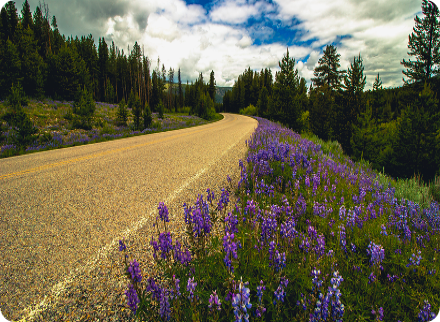
We offer CUSTOM Seed Mixes for All Your Projects!
We've got you COVERED for Landscape
Management, Conservation & More!
